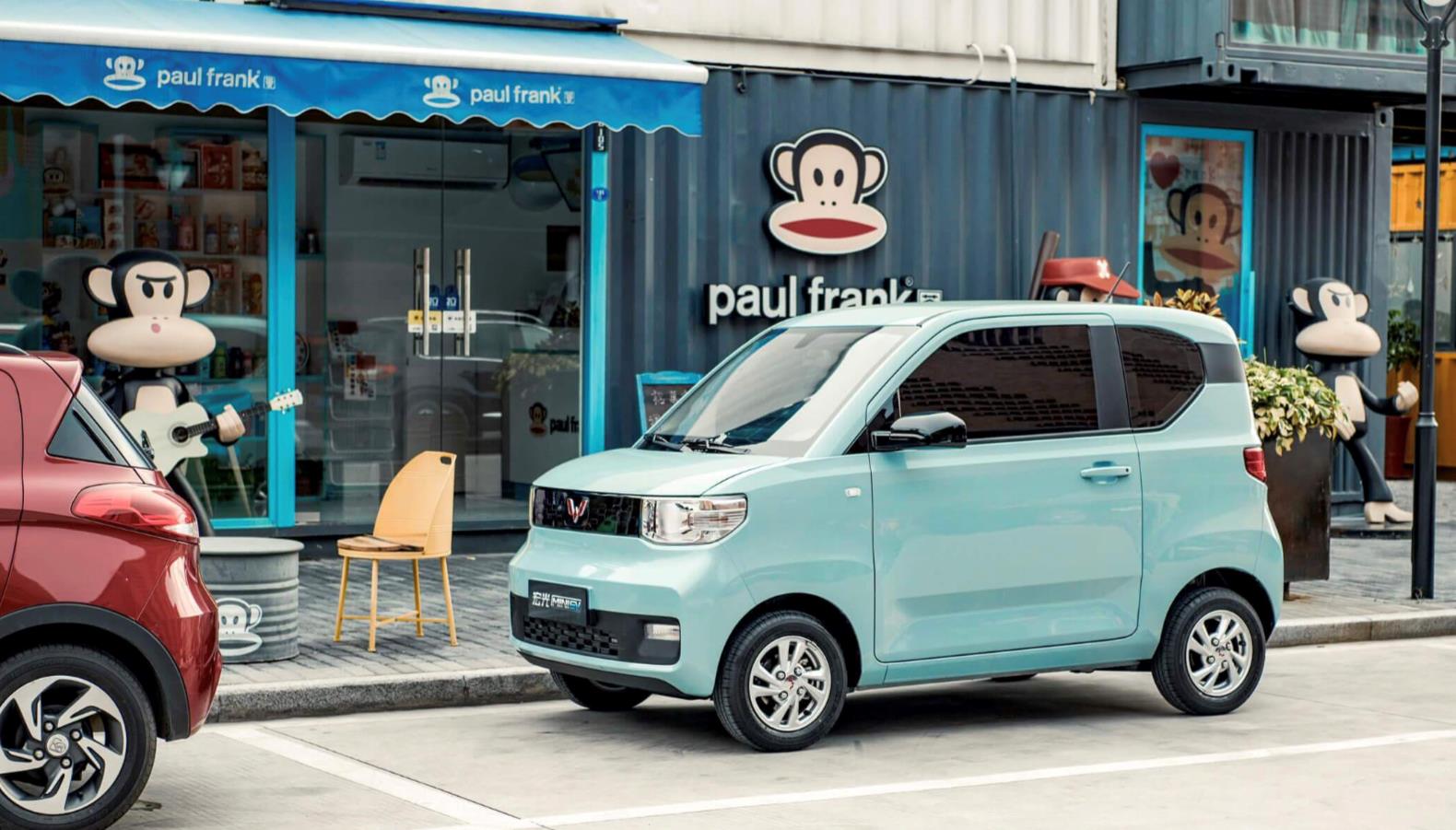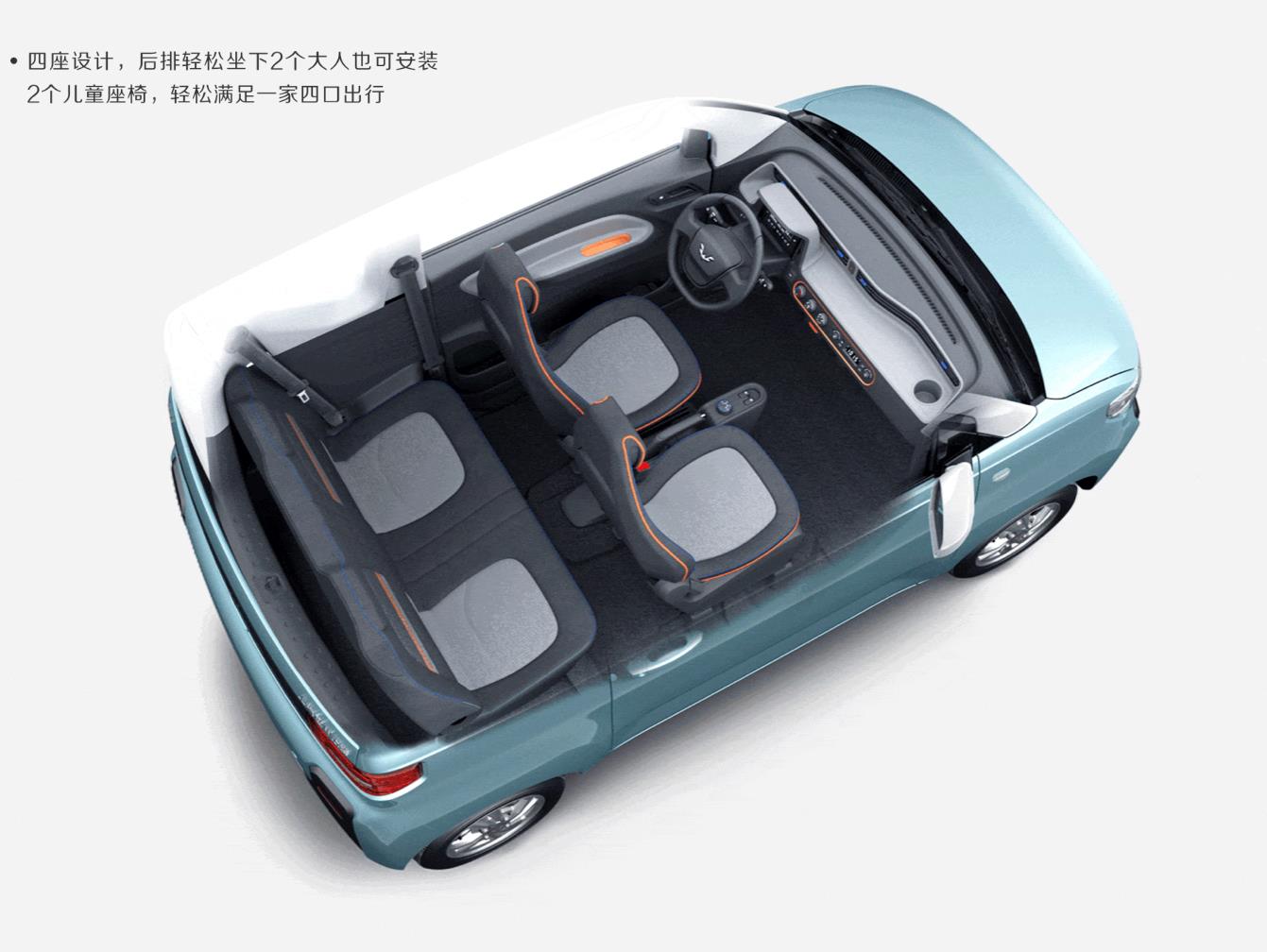(MENAFN- Asia Times) SAIC-GM-Wuling, a lesser-known carmaker based in a remote western Chinese city, is giving Tesla a run for its money in China's electric vehicle (EV) market with a cut-rate, no-frills car.
Until recently, Tesla dominated China's fast-growing EV market, an outgrowth of the sprawling plant the new-age American carmaker established in Shanghai at the end of 2019. The plant marked Tesla's first assembly and delivery facility based outside of the United States, giving it ready access to China's massive market.
Tesla sold 147,997 cars in China in 2020, with its Model 3 and Model Y the best sellers. But that market lead has quickly eroded as the Wuling Hongguang Mini rolls out competing lower-cost EVs.
If you think the seemingly tawdry Chinese EV – which looks like a small SUV derived from Japanese brands like Suzuki – is a nonstarter against the flashy Tesla and that it is technically impossible to turn a profit at its 28,000 yuan ($4,200) knockdown price, think again.
First released in July 2020, Wuling sold 200,000 Minis in only 200 days, according to figures compiled by the China Automotive Industry Association. Reports have said it took the company only 12 months to design and launch the production of the Wuling Hongguang Mini EV.
Despite the model's relatively recent launch, it overtook Tesla's Model 3 as the world's top-selling EV in January and February this year, according to EV Sales, a US industrial consultancy tracking global EV markets.
Driven entirely by Chinese market sales, the Wuling Hongguang Mini EV sold more than Tesla in the first two months of this year, with 56,929 units sold versus the Model 3's 49,661. Tellingly, Wuling HongGuang Mini EV was not among the world's top 20 EV makers in terms of sales units just a calendar year ago. (See charts)


The Mini's compact size and cost are luring Chinese buyers. Photo: Handout
Last year, the upstart carmaker sold more than 10,000 Minis in Shanghai, where growing logjams on roads and a dearth of parking spaces have helped to drive sales. The city's fast lane for EV car buyers to receive licenses is also enticing many to go Mini.
'Of course, it's not for drag racing or a long road trip to Tibet, but it's for everyday use in a big city, for you to pick up your kids from school or go to a grocery store when you dread Shanghai's notoriously crowded subway during rush hours,' said a salesperson in Shanghai.
'Its performance can never be on a par with a Tesla, but with its [small] size you can weave in and out of the traffic on a congested road. People won't expect too many unrealistic features from a 28,000 yuan EV. It's like a big toy that you can drive, but won't burn a big hole in your pocket.'
The salesperson added that many customers have been lured by the Mini's low price, especially when e-motorcycles and e-bicycles are banned from driving on the city's motorways.
Unlike Tesla, which requires purpose-built charging stations, the Mini can be plugged into a home power system to charge, which takes about nine hours. It has a range of about 120 kilometers and a top speed of 100 kilometers per hour, according to the carmaker's promotional materials.
Yet there is a caveat for prospective buyers: the stripped-down, entry-level model does not include air-conditioning or even airbags, both of which can be bought separately as add-ons.
Wuling Hongguang Mini did not reply to Asia Times' inquiries about how it had secured regulatory approval for the Mini when according to Chinese laws all cars must be equipped with at least front airbags. There is no specific data available on the company's website about how the Mini fared in crash tests.
The company has also reportedly declined to reveal details about its supply chain, including the makers of its lithium battery packs. The Shenzhen-based BYD, which also runs its own EV division, is said to be a major supplier, though Asia Times could not independently confirm the information.
There are other questions about how much foreign know-how is engineered into the Mini's mix. Wuling Hongguang Mini EV is produced by a joint venture between the state-owned Shanghai Automotive Industry Corp (SAIC), General Motors and Wuling.
An investment vehicle directly controlled by Shanghai's municipal government that has stakes in SAIC is also reportedly a partner. Significantly, perhaps, SAIC collaborated with Tesla to establish its manufacturing facility in the city.

Despite its small size, the Mini can still seat four persons. Photo: Handout
The carmaker reportedly sees a new avenue of sales growth in Beijing's latest initiative to promote EVs (particularly indigenous brands) in lower-tier cities and rural areas to reduce emissions and spur domestic demand-driven consumption.
The Chinese Ministry of Industry and Information Technology has gazetted policies and fee and tax rebates to popularize EVs among rural residents who would normally be priced out of the market. The Mini is on the government's list of budget EV models covered by the promotion scheme.
While Tesla may initially be a laggard in the ultra-low-cost EV race, the American carmaker is reputedly turbocharging its own plan to roll out cheaper models to keep market pace.
The Shanghai-based Jiefang Daily and foreign media outlets have reported that Tesla recently acquired a new 114-hectare plot adjacent to its Shanghai plant, apparently to kickstart the production of a new cheaper EV model.
MENAFN01042021000159011032ID1101846908
Legal Disclaimer:
MENAFN provides the information “as is” without warranty of any kind. We do not accept any responsibility or liability for the accuracy, content, images, videos, licenses, completeness, legality, or reliability of the information contained in this article. If you have any complaints or copyright issues related to this article, kindly contact the provider above.